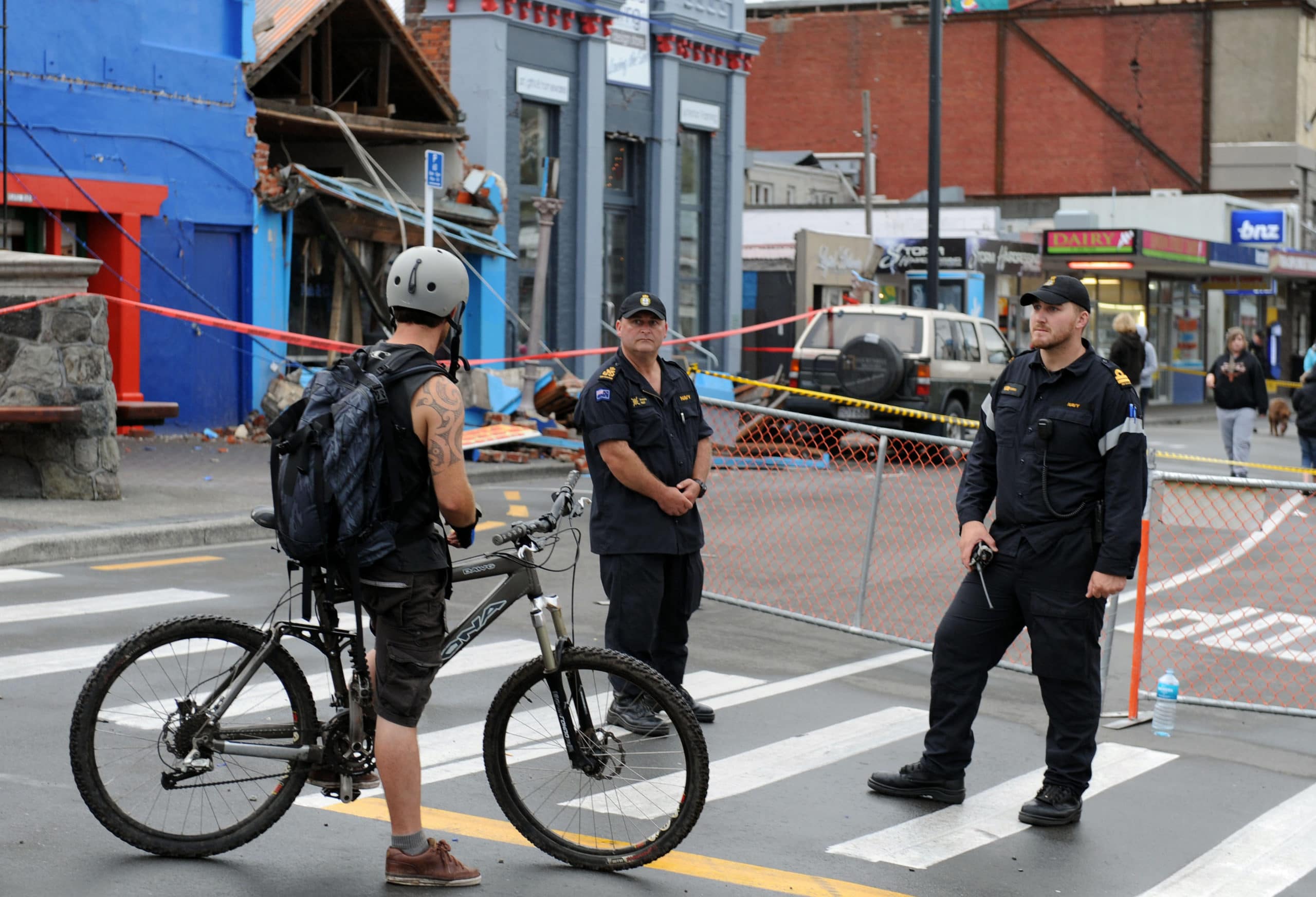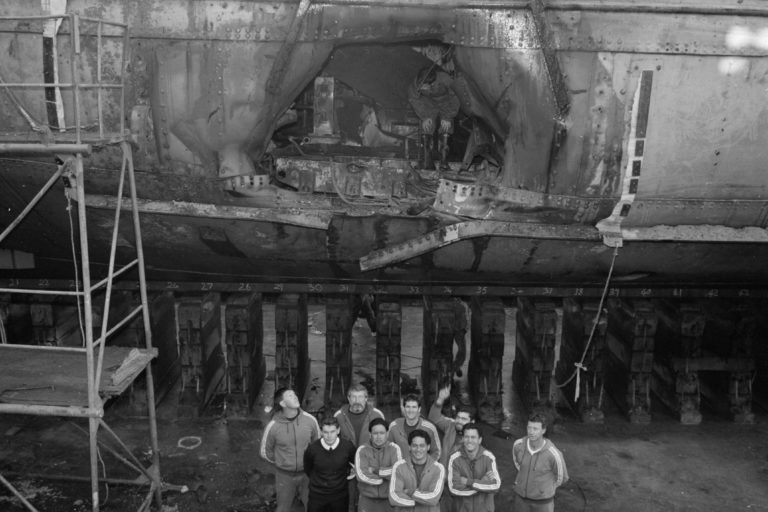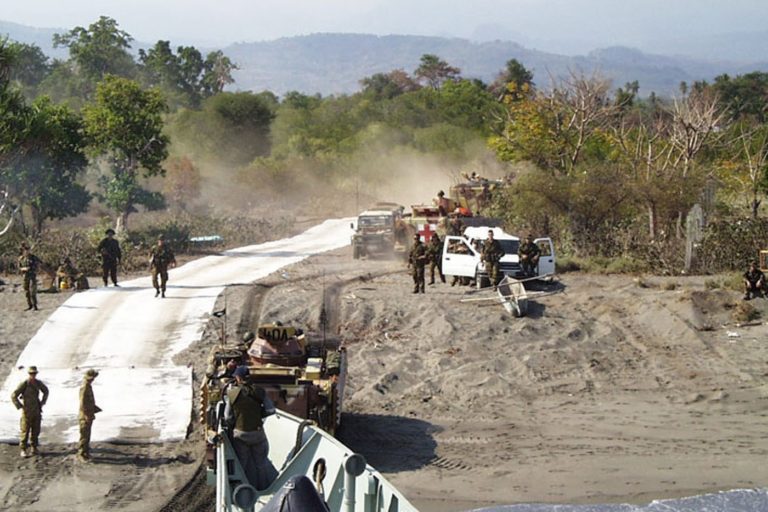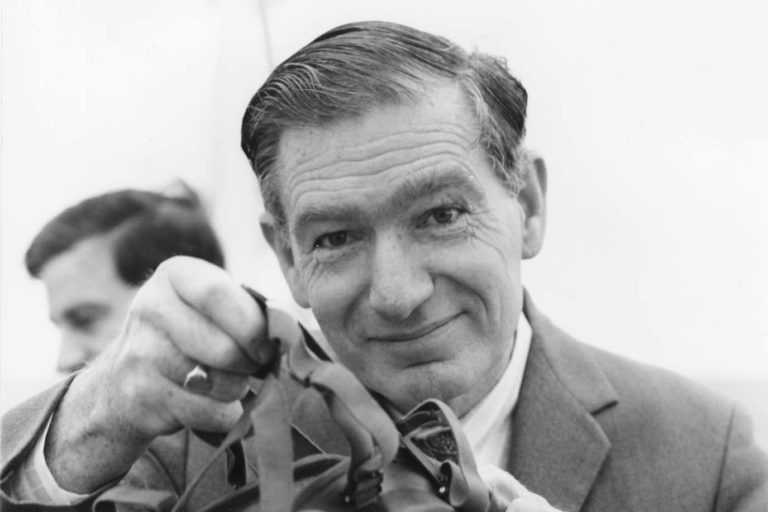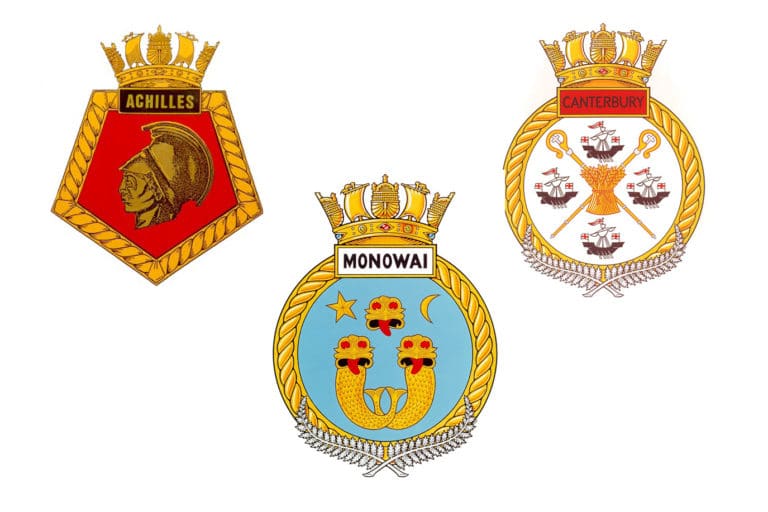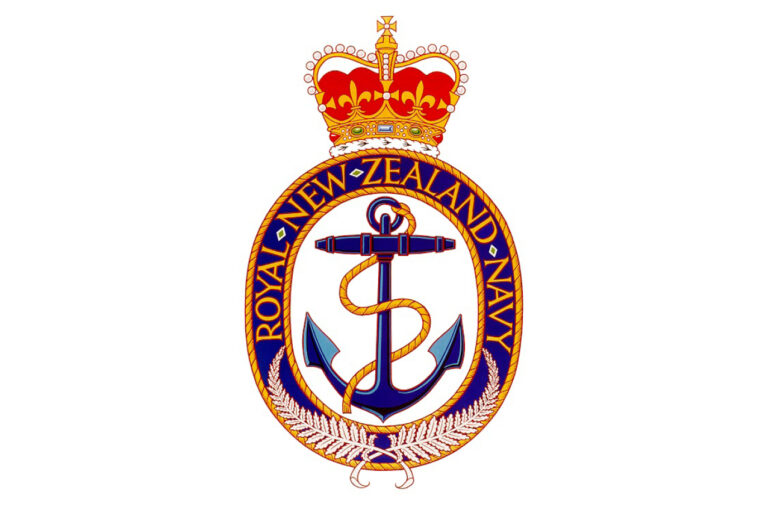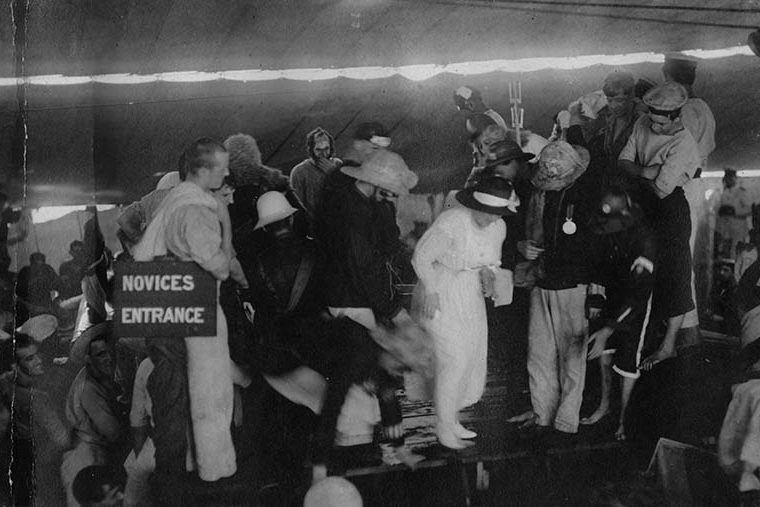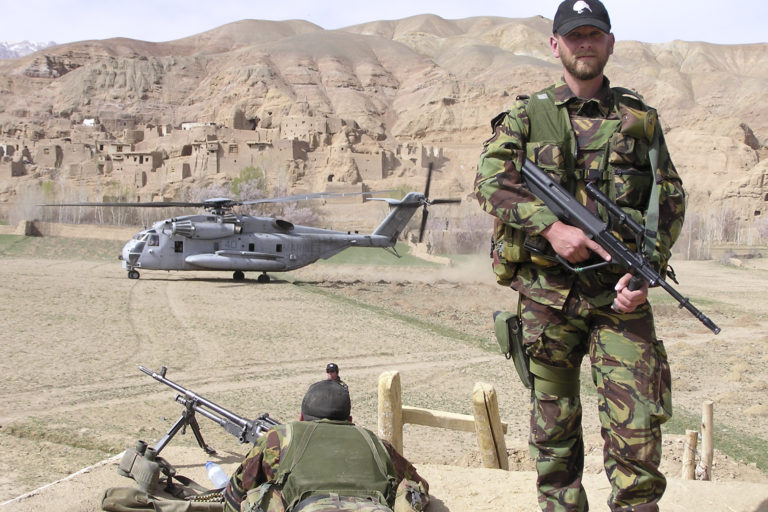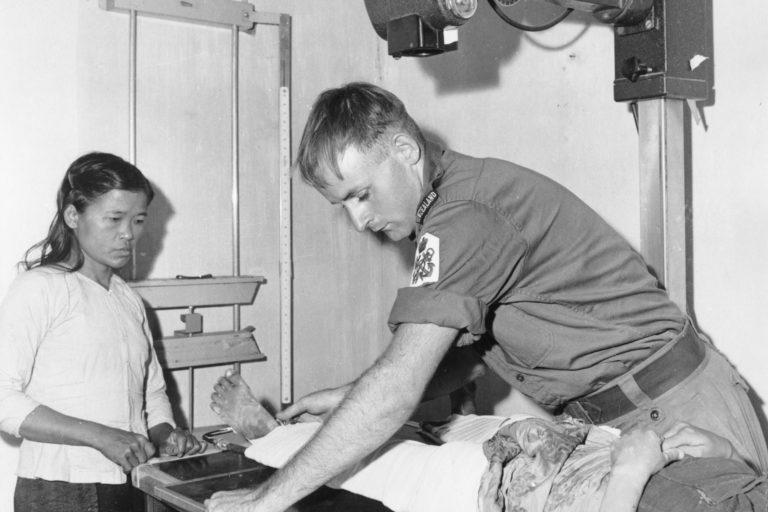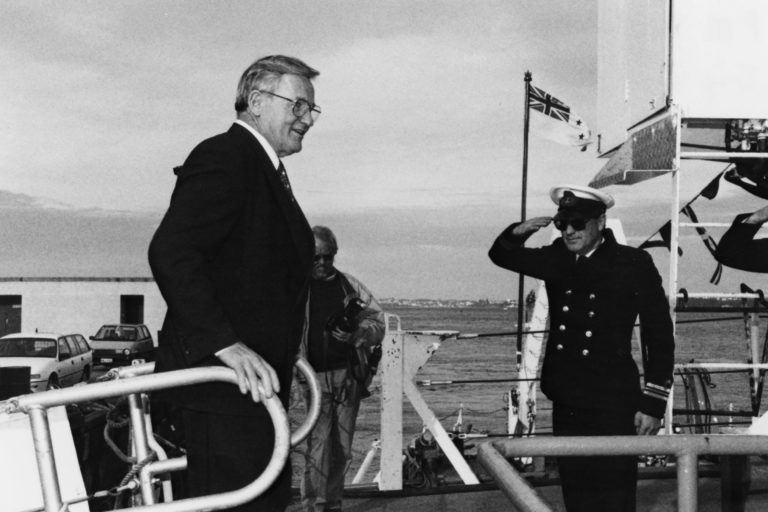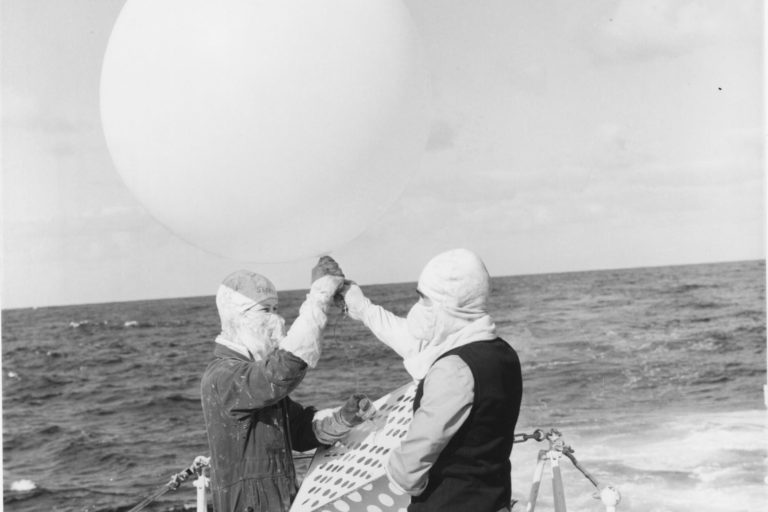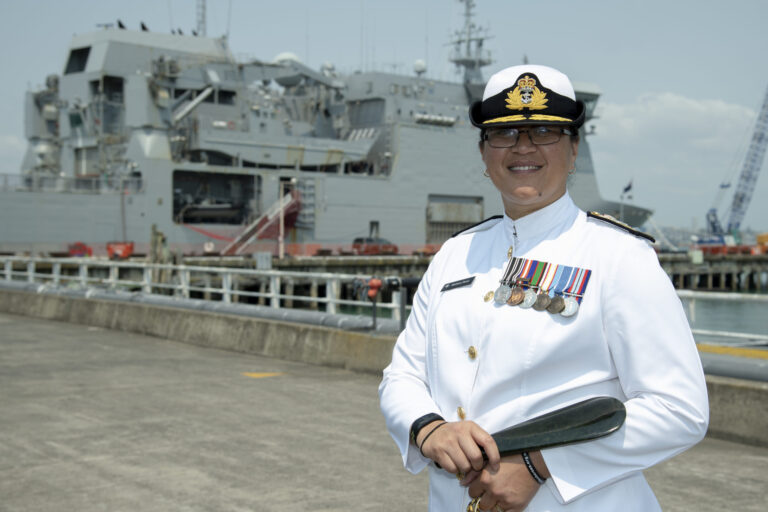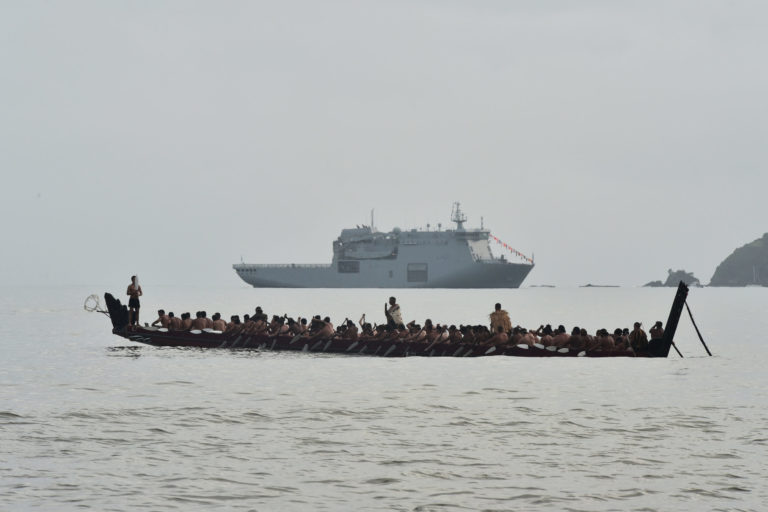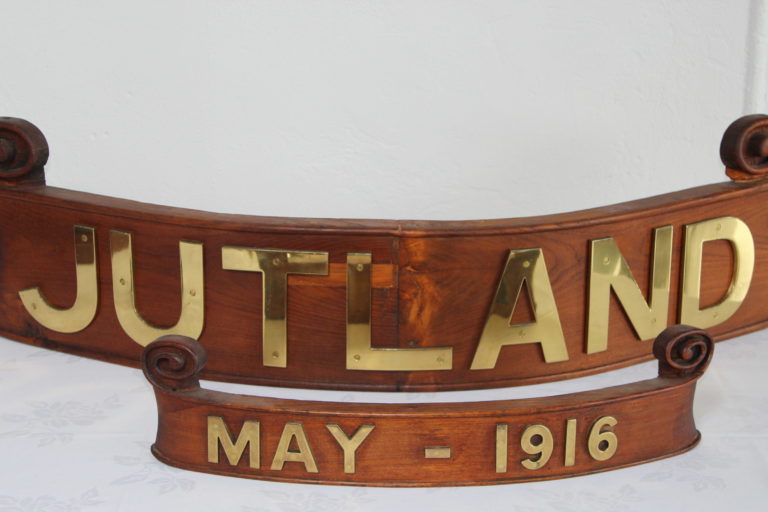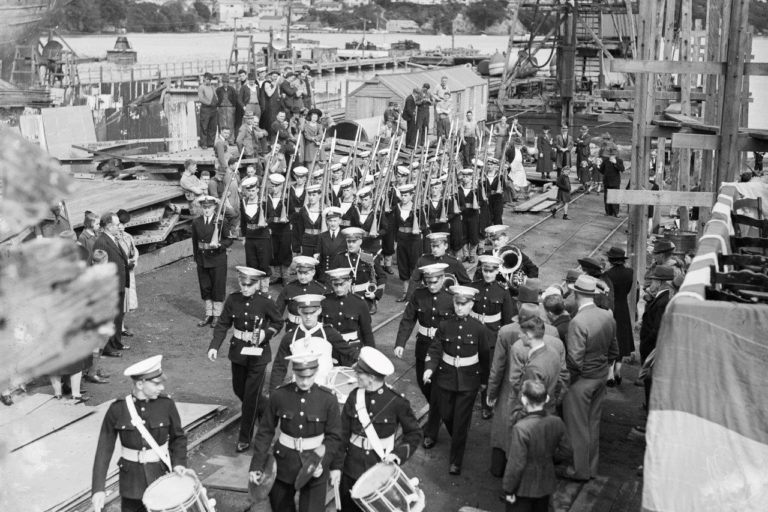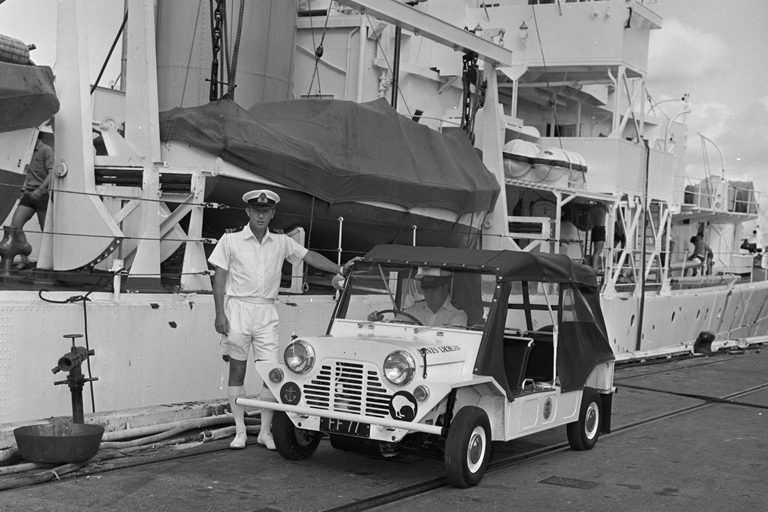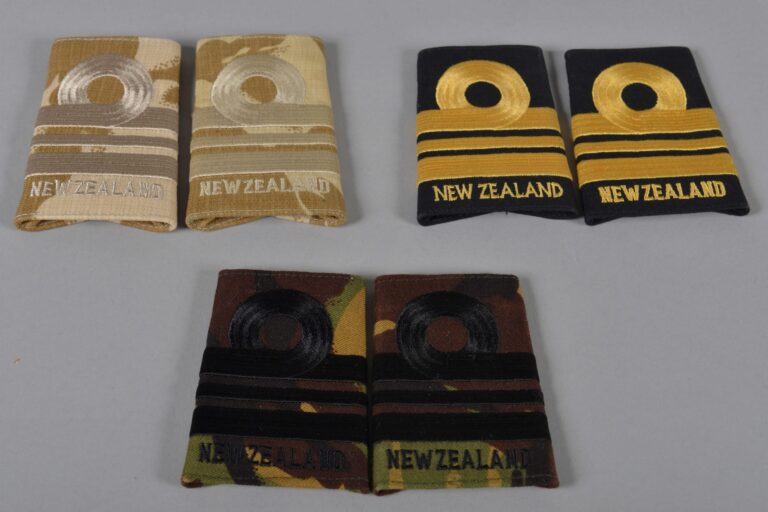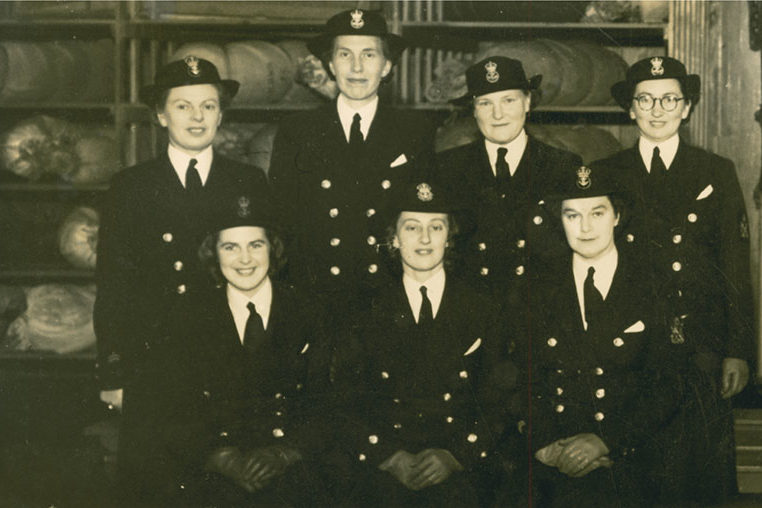Read about the earthquakes in Christchurch on September 2, 2010 and Feburary 22, 2011. Learn about the NZDF response, the rescue efforts and the scale of the operation.
On 7 June 2010 the New Zealand Minister of Defence the Hon Wayne Mapp, addressed the Shangri-la Dialogue in Singapore on the topic of “Humanitarian and Disaster Relief in the Asia-Pacific”. The Minister’s main observations were that we live in a region which regularly experiences a wide range of natural disasters, and that skills in humanitarian assistance and disaster relief are of vital importance throughout our region. Furthermore the Minister noted that disaster relief is increasingly a core task for defence forces and that the necessary capabilities should be available specifically for humanitarian tasks and not just be seen as an add on or ‘nice to have’. He went on to say that such capabilities should form “part of core military business, not be simply a secondary task”. Observing that defence forces are often amongst the few national organizations that hold large fleets of deployable assets and have large numbers of disciplined personnel, the Minister noted that when a disaster occurs the public expect all available resources to be made available and that the defence forces must play a major role in disaster relief. “The public expect in response to a disaster nothing less than the full mobilization of the NZDF to the extent necessary to save lives and property. This expectation is shared by both local and national leaders.”
The first earthquake
Three months after the Minister’s presentation, his observation that no one is immune from disaster was brought home pointedly when New Zealand’s second largest city, Christchurch, experienced an earthquake of magnitude 7.1 on Saturday 4 September 2010. Striking at 4.35a.m., the earthquake caused massive damage but miraculously no loss of life. The Royal New Zealand Air Force flew in an Urban Search and Rescue (USAR) team but, given the hour of the morning, the central city had been quiet, and most of the population had made it home to bed.
Nonetheless the extent of the damage meant that for a time much of the city had to be cordoned off, and the New Zealand Army was quick to provide support to the Police. Liaison officers from 3 Land Force Group worked with the Christchurch City Council, the New Zealand Police and Civil Defence to help integrate the response. Troops from 2/1 Battalion at Burnham near Christchurch helped local police with cordon duties, with 160 based in the central city; soldiers from Queen Alexandra’s Mounted Rifles provided additional support, along with personnel from 3 Logistics Battalion, 3 Field Engineer Troop, 3 Signals Regiment and 30 soldiers from 2 Canterbury NMWC Reserve Battalion. With power, water and sewerage out across much of the city the mobile support provided by NZDF was essential. Inspector John Price said, “We value the Defence Force’s assistance and the manner in which they have gone about the task at hand. This was a partnership and team approach between Police and NZDF, and in a crisis situation such as this civil emergency the strengths of both organisations come together for the benefit of our communities. Having the Army on the ground has provided a huge amount of reassurance for the people of Christchurch.” The opportunity to work together in a crisis situation was to arise again sooner than anyone would have wished, and in much more dire circumstances.
The second disaster
At 12.51p.m.on Tuesday 22 February 2011 a magnitude 6.3 earthquake hit the city. Whilst of a lower magnitude than the September ‘quake, the epicentre was shallower at 5 kilometres and at 10 kilometres distant was much closer to the city centre. Striking whilst the city was full of workers, the effect was immediate and devastating. Multiple deaths and casualties were announced and the Prime Minister declared a national state of emergency. Major buildings in the city centre collapsed or were seriously damaged, killing and trapping many inside.
The response
The rescue effort was led by Civil Defence, with the emergency and health services responding superbly. Yet the presence in Christchurch of over one thousand troops and HMNZS Canterbury gathered for a major Defence Force exercise was as timely and as welcome as the presence of HMS Veronica in Napier when that city was levelled by the earthquake of 1931. Crew from the Veronica were amongst the first on the scene in Napier, and it was the same in Christchurch and Lyttelton, with Navy and Army personnel being amongst the first to give assistance in Christchurch, and with HMNZS Canterbury providing vital communications during the first confused hours after the ‘quake.
Twenty eight Light Armoured Vehicles (LAVIII) were deployed, two with light obstacle blades to clear paths through the broken city; all provided immediate reassurance to the local population. With the substantial damage that had been done to the city streets, the mobility, command and control ability, and protection from falling masonry of these military vehicles was of significant value. The Army also made available 77 Unimogs and 47 Pinzgauer Light Operational Vehicles, specialist heavy vehicles and ambulances and fire engines. The Forward Surgical Team and Medics from 3 Health Support Company worked with St John Ambulance, and fire appliances worked with the City fire brigade. As Lieutenant Colonel Mike Duncan, Chief of Staff of 3 Land Force Group commented, “Our effort was very much focused on helping the emergency services and reinforcing their first response in the city.” The presence in the region of so many troops from 2nd Land Force Group from Linton in the North Island on exercise meant that the NZDF could respond particularly quickly. The planning process began immediately, and liaison officers began to coordinate efforts with the emergency services. Securing the devastated city centre was one of the first tasks, and cordons were quickly established.
Crew from HMNZS Canterbury were also providing assistance in Lyttelton and the chefs, together with their Army colleagues on board, prepared 700 meals for local people whose homes had been severely damaged. From Burnham Military Camp chefs were at first providing 750 meals for Police, Fire Service and Defence Force personnel; with Urban Search and Rescue teams arriving from around the world, and more military personnel, the total number of meals provided by 3 Logistics Battalion was to reach 5000 per day.
Within two hours of the earthquake specialist dentists had begun to arrive as part of the Police national DVI team, to start the grim task of Disaster Victim Identification. Ultimately 14 New Zealand dentists were joined by specialist colleagues from Britain, Australia, Israel, Singapore and Thailand. The team was led by Colonel Hugh Trengrove, national forensic dentistry adviser to the Police and with many years of experience in this gruelling task. As the numbers of those who had died began to rise alarmingly it was clear that a major temporary mortuary facility would need to be set up and this was done at Burnham Military Camp with the assistance of the mortuary affairs section of 21 Supply Company.
Scale of the operation
At the height of the operation 1379 Army personnel, regulars and reserves, were working across the city. Together with 129 Singapore Army (SAF) personnel, they provided a 24 hour cordon and assisted Police (who had been joined by 300 Australian police officers) with urban patrols. At its peak, the cordon required 120 NZDF personnel per shift, making it the single largest and longest running NZDF task in support of earthquake recovery. Most of these personnel came from the South Island based 3rd Land Force Group, with essential supplementation in the form of task groups from the Linton based 2nd Land Force Group as well as smaller RNZN and RNZAF contingents. Civil Defence established a Red Zone – a no-go zone – around which the cordon was extended, and two LAVs and the Javelin system combined to ensure that police were assisted with surveillance in the zone. In addition 3 Field Engineer Troop worked with civil authorities to secure premises and fence off roads. They also provided two desalination plants to provide fresh water to coastal residents whose supply had been destroyed and then provided expedient engineering support to over twenty schools with light damage, working particularly to ensure safe supply of water and sewage disposal.
Although HMNZS Canterbury had been in Lyttelton at the time of the earthquake, ultimately the Navy provided four ships – HMNZS Canterbury, Otago, Resolution and Pukaki, and 270 regular and reserve personnel. HMNZS Resolution was tasked to survey Akaroa Harbour for damage, and to ensure vessels could bring in much needed equipment. The facilities provided by HMNZS Canterbury allowed an Army Task Group to be based in Lyttelton and be sustained and, in addition to the immediate emergency support provided, with sailings back to Wellington for supplies the ship ultimately transported over 1700 tonnes of vehicles and equipment into the area.
The Royal New Zealand Air Force were involved early with the relief effort. A P-3K Orion overflew the city to provide authorities with essential photographs of the extent of the damage, whilst Boeing 757s and C-130 Hercules brought USAR teams and St John Ambulance staff into the city, and transported foreign nationals and elderly patients out. Iroquois helicopters carried Canterbury University staff to areas around Banks Peninsula to install seismic sensors and flew engineers to check water reservoirs in badly affected areas. Whilst the Royal New Zealand Air Force provided ten aircraft – the C-130 Hercules, Boeing 757, Iroquois helicopters, the P-3K Orion and Beech King Air B200 transporting almost 5000 passengers – they were assisted by two C-130s of the SAF which were based at Whenuapai, and joined by two C-130s and a C17 from the Royal Australian Air Force (RAAF) bringing in people and equipment.
Necessity of planning
As the extent of the damage and destruction began to unfold, the size of the task facing Police and Civil Defence, and the need for effective joint planning, became increasingly evident. As Lieutenant Colonel Stefan Michie, Commanding Officer (CO) of 2nd/1st Battalion RNZIR noted, “It was when it came to planning operations that we were able to make a real contribution. Several of the more senior personnel in the Battalion worked in a project management role for the reduction of the cordon, which took a great deal of collaborative planning. For example, in order to reduce the cordon in one zone of the city several things had to happen: USAR had to be satisfied that there were no sites that needed further inspection; demolition staff had to be sure demolition / make safe work had been done; roading engineers had to be sure roads were passable and so on. All agencies worked together to meet a common goal, and this is where the Military Appreciation Process was invaluable.”
The Joint Military Appreciation Process (JMAP) is essentially a collaborative planning method, which when linked with experience of mission analysis, provides a set of tools which can be invaluable in dealing with extreme situations. In order to help police with planning for dealing with the disaster and transitioning to business as usual, two further Army officers, Lieutenant Colonel Jeremy Harker, CO of Wellington Hawkes Bay Regiment and Lieutenant Colonel Rob Hoult, Director of the Army Leadership Centre, were tasked with assisting police. Police Inspector Mike Hill, a graduate of the NZDF Command and Staff College, was seconded from the Wellington Region to Christchurch to assist with this process. “Rob and Jeremy very quickly established their credibility and demonstrated their excellent planning skills bringing JMAP to life. We began the JMAP process on the Sunday after the earthquake, starting the Mission Analysis and setting a timeline to have a plan with the Canterbury District Commander Superintendent Dave Cliff by Friday. After looking at the Courses of Action and back-briefing Dave and the Police Commissioner Howard Broad, we provided a plan by Friday. Our plan was adopted and is still running today.”
Largest domestic deployment
At the peak of the Defence Force’s efforts over the past three months there were some 1800 Defence Force personnel deployed and military equipment from all three Services proved invaluable. Commenting on what has been the largest domestic operation ever undertaken by the New Zealand Defence Force, the Defence Minister noted recently: “One of the Defence Force’s principal tasks is its role in the Government’s response to disasters such as this. They are doing a first-class job. There have been a wide variety of requests from Civil Defence and Police since the earthquake struck. Units and personnel of all three services have delivered quickly and efficiently on every one. There is a long way to go for Canterbury but the Defence Force will be there, doing whatever it can to help.”
Conclusion
Almost a year after the Minister’s presentation to the Shangri-La Dialogue, the Chief of Defence Force, Lieutenant General Rhys Jones was able to say, “The Defence Force is New Zealand’s most effective crisis response force.” With 10 000 homes needing to be rebuilt and almost 1000 buildings to be demolished in the city centre, the presence of Defence Force personnel in Christchurch will continue to be required for some time to come


